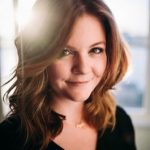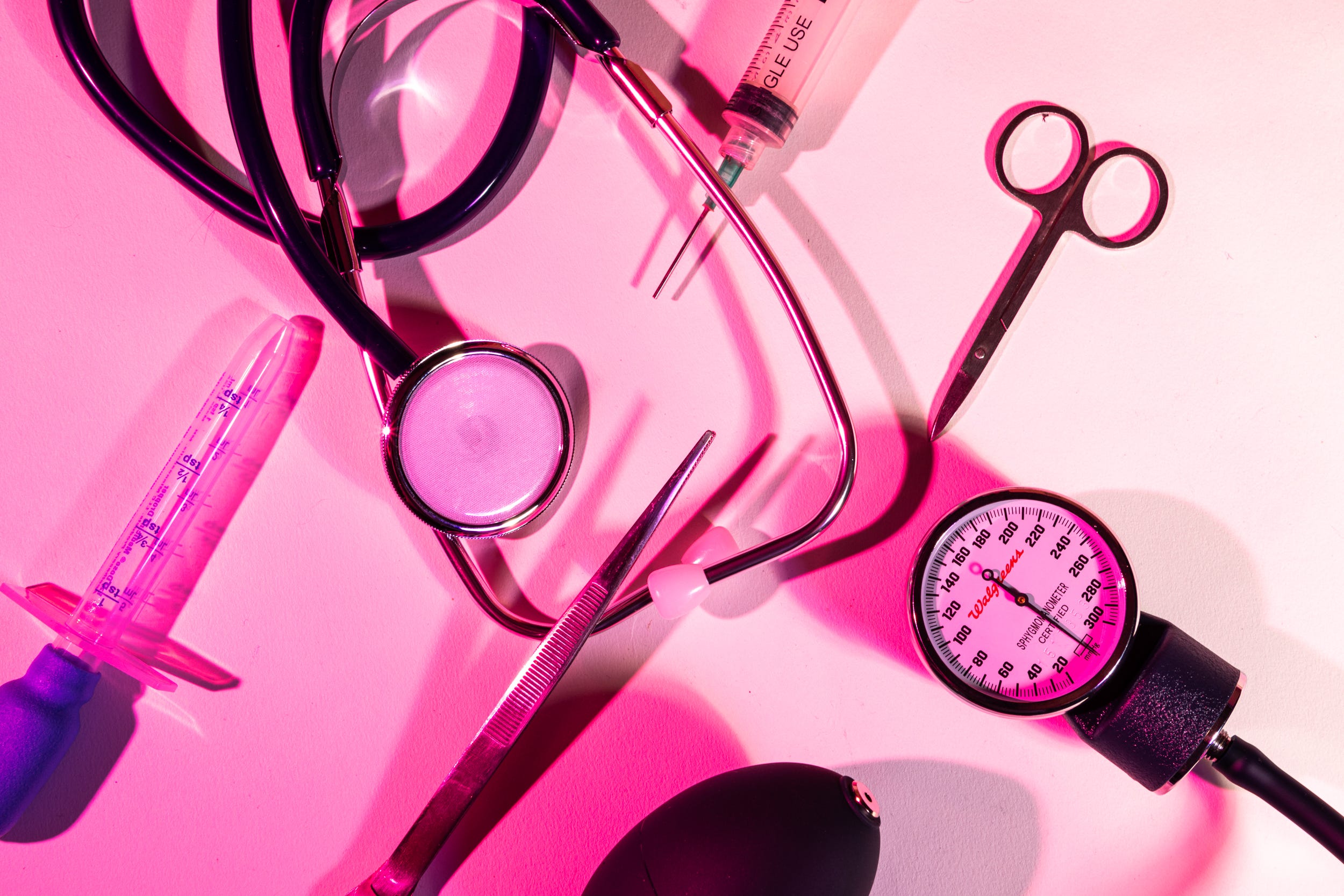
- In February 2019, my oldest sister was diagnosed with stage 4 breast cancer. It was the beginning of a difficult and, at times, heartbreaking 18 months for my family.
- Because my sister was only 36 at the time of her diagnosis, her doctors said my other two sisters and I should start screening for breast cancer as well.
- I had genetic testing done, which showed I have a 44% chance of getting breast cancer during my lifetime. Now, every year, I’ll get a breast MRI and eventually a mammogram to screen for cancer.
- My sisters have started screening early as well, and in February of this year, another of my sisters was diagnosed with cancer — stage 3 Hodgkin lymphoma, which was discovered through her mammogram. Thanks to early detection, she’s now in remission.
- Cancer will be a part of my life forever now, but I’d rather know what I’m facing and be prepared for it than have it catch me by surprise.
- Visit Insider’s homepage for more stories.
I thought I understood cancer. It’s a disease Americans know well: ribbons in all the colors of the rainbow; months dedicated to awareness; stories of celebrity battles splashed across magazine covers.
Then it came for my family.
In February 2019, my oldest sister, R, was diagnosed with breast cancer. What at first seemed like an early-stage illness soon revealed itself to be much more insidious: she had stage 4 metastatic breast cancer, and it had already spread to her bones.
R was 36 at the time of her diagnosis. It felt, to my family, shockingly, inappropriately young, especially considering the median age of breast cancer diagnosis for US women is 62. But her relative youth also meant there could be genetic implications to her cancer.
She had blood drawn in hopes it would provide some answers. The results soon came back: she was positive for the CHEK2 gene, a mutation that has been linked to breast cancer. While her doctors couldn’t say for certain whether it caused hers, it was a risk factor — and not just to her, but to all the female members in her immediate family. That meant my mother, my two other sisters, and me.
We didn't know it at the time, but R's cancer was only the beginning.
The weeks and months following my sister's diagnosis were a blur of pain and worry
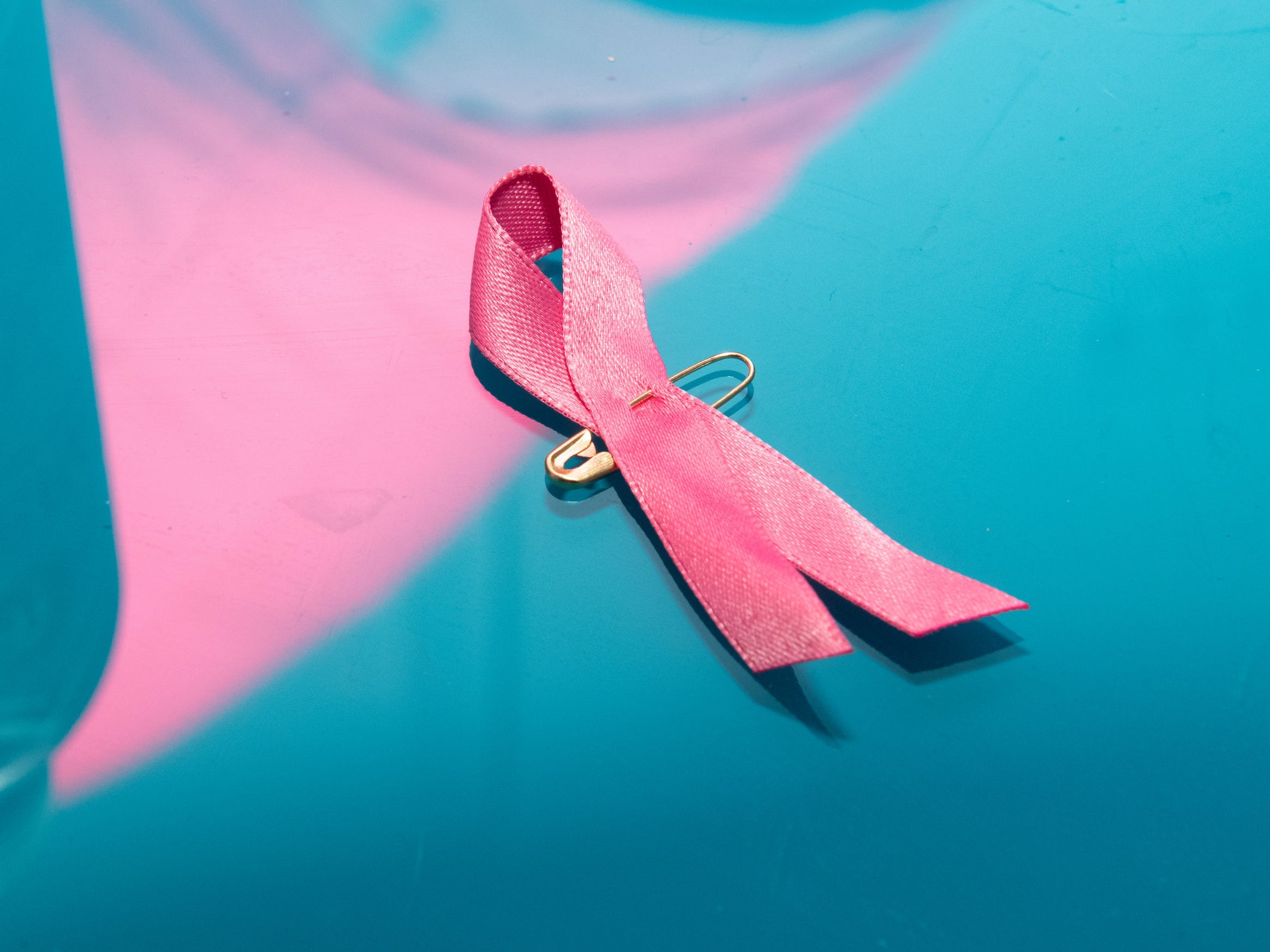
Soon, however, I felt ready to delve into what, exactly, was happening to my sister, and what it meant for the women in my family.
Her doctors explained that we were now all at risk for developing breast cancer, and recommended regular cancer screenings. But they don't just hand out mammograms to 27-year-olds — most women don't start getting them until 40. In order to get the screenings I needed, I had to get tested for the CHEK2 mutation.
My sister's doctors told her that her mutation is passed down from one parent, and that their children have a 50-50 chance of having it. I couldn't shake the cold logic that had formed in my head: there are four daughters. If one sister has it, one of the other three is likely to have it too. In a twisted way, I hoped it was me, and not one of my other two sisters.
I didn't have the gene mutation, as it turned out. But the test results weren't all good news. Doctors calculated my breast cancer risk score — a percentage assessing the likelihood I would develop breast cancer at some point in my lifetime.
Being born with breasts puts a person's risk at 13.4%. My score was 44.1%.
The number lodged itself in my brain. Once I learned that percentage, I couldn't shake it. One minute, I was a regular 27-year-old trying to live in New York City while juggling a demanding job, a relationship, friends, and family. The next minute, I was trying to wrap my mind around the fact that my risk of getting cancer was nearly 50%.
Knowing that percentage was both comforting and terrifying. On one hand, it helped to have a solid number to base my decisions on going forward; on the other, it was terrifying to realize just how high that number was.
In truth, the news made me angry more than anything else. I didn't feel like I had time to worry about the specter of developing this disease — I had a sister with the real thing to worry about.
But that's the thing about cancer: there's no time to sit with or process anything. The longer you wait to prevent or treat, the more time you give it to grow. Every moment of anger was accompanied by an overwhelming urge to be practical, to move forward, to do something proactive with how I was feeling.
The next step to rule out the presence of cancer was a breast MRI — because of my age, a mammogram wouldn't be able to detect anything yet.
But trying to get the screening I needed was a challenge. I was forced to provide proof I needed the procedure, which meant handing over both my and my sister's medical information. I spent hours on the phone, bouncing between various doctors' offices and submitting paperwork. Every time someone told me I hadn't sent enough information or the right kind of documentation, I wondered if I should just give up for now and try again in a year.
Finally, though, I had a date for the MRI. I was nervous — I'd never had a procedure like this before, and I was scared of what they'd find — but it wasn't painful or invasive, just slightly uncomfortable and incredibly loud. My doctor warned me about false positives and potential biopsies, but the first test, at least, was clear.
A year after R's diagnosis, the same scenario played itself out again
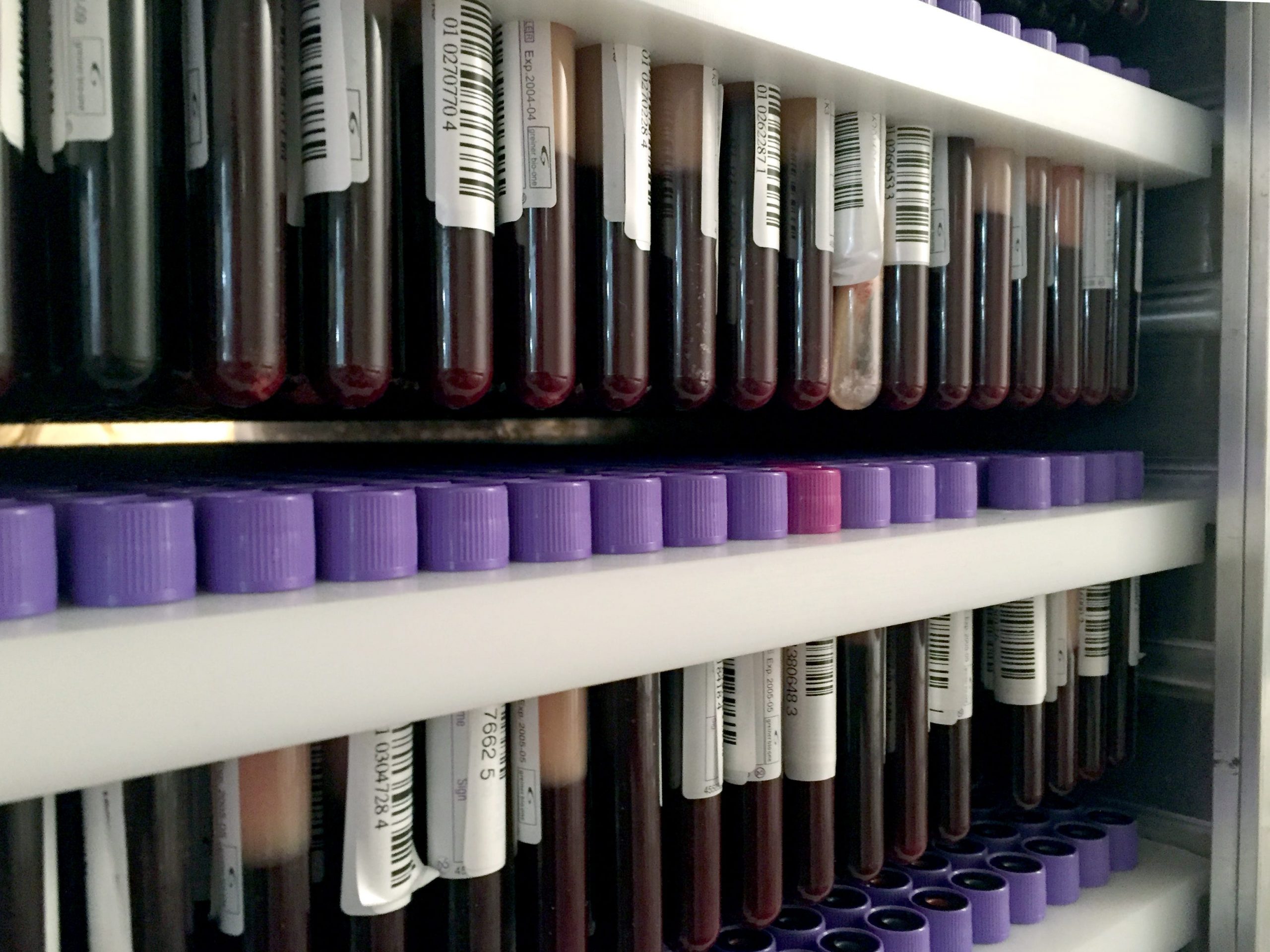
In early February, I went to visit my family in what had become a monthly trip home since my sister was diagnosed. I took a flight after work on Thursday, and when I walked out of the terminal that night, I was surprised to see all my sisters.
Almost exactly one year after my sister's diagnosis, another sister had received her own cancer diagnosis.
A week earlier, my sister H went to the doctor for a mammogram, her first at age 31. She called me later that day to tell me they noticed a lymph node next to her breast that looked inflamed. She was nervous, but she had had a cold, and thought maybe it was causing the inflammation.
Days later, she received her diagnosis: stage 3 Hodgkin lymphoma.
A person is home to hundreds of lymph nodes. They're spread throughout the body in a network that helps filter out harmful substances. In my sister's case, any one of her lymph nodes could have been inflamed. It just so happened to be one that showed up on a mammogram.
At the time of her diagnosis, my sister wasn't showing any symptoms. Without the mammogram, she likely would have spent months without knowing anything was wrong. Instead, she went through four rounds of immunotherapy, and is now in remission.
I can't control this disease, but I can control how I handle it
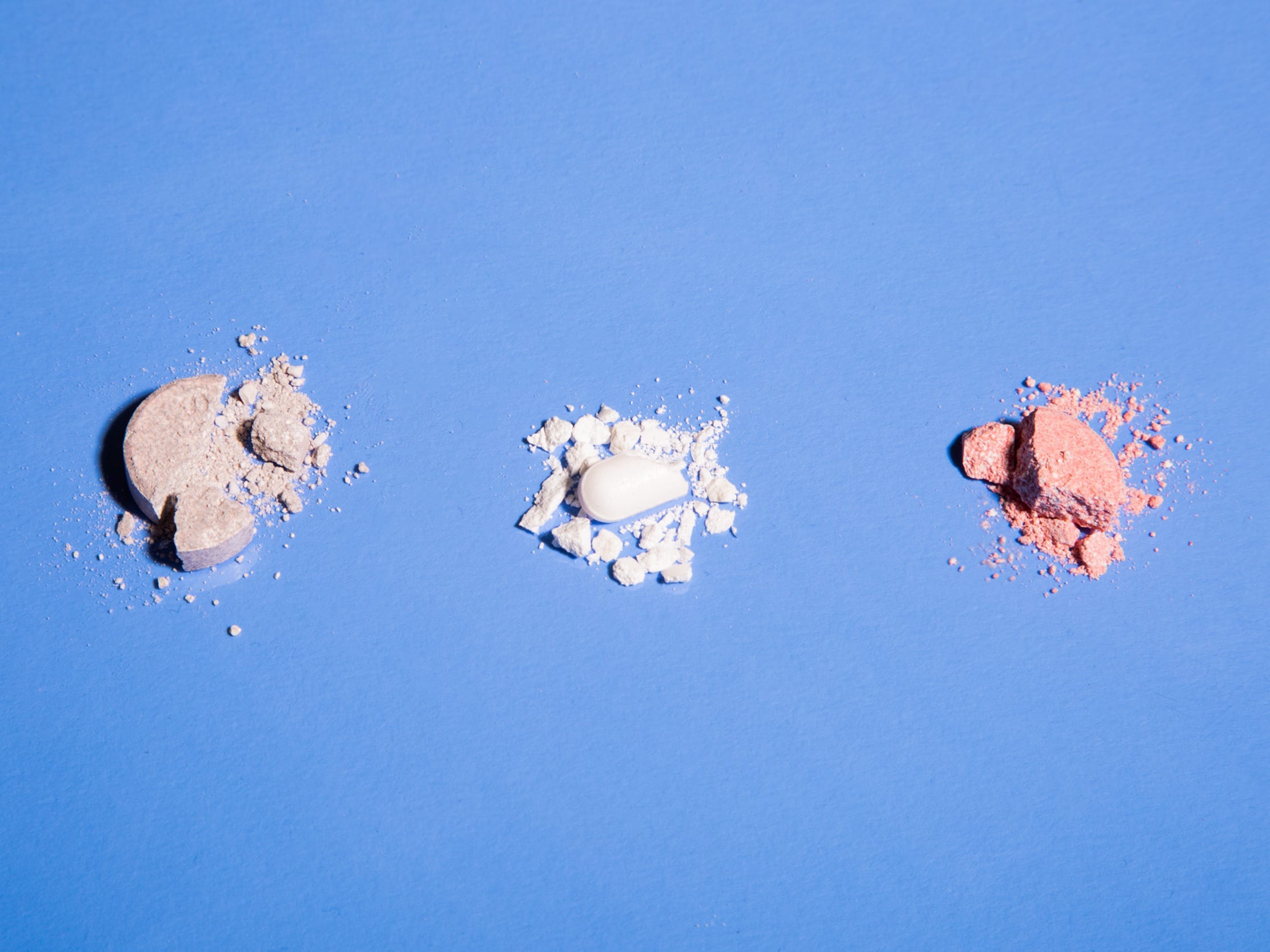
The twin diagnoses are still difficult to reconcile. It feels comical — freakish, even. Outside of my family, friends, and one very helpful therapist, I don't talk about it very often. Saying it out loud feels grotesque, like it's too many tragedies piled on top of one another.
I spend my days and nights worrying. Will my sister's breast cancer treatments keep her healthy? Will my other sister's cancer return? Will my third sister get cancer? Will I?
My sisters and I have always been a team of four, an unshakable unit. But now half of us have gotten cancer. No matter how many times I think or say those words, they don't become any less devastating. There's no returning to a time when that fact wasn't true, when life was simpler and getting cancer was a distant fear, not an imminent threat.
Like any other scenario in which you find yourself at the whim of luck and chance, I choose to focus on what I can control.
I can get a breast MRI every year. Once I turn 30, I can start getting regular mammograms, so that I'm getting screened every six months. I can check myself as often as possible for lumps. I can keep track of strange symptoms.
I can't control a disease that has an almost 50% chance of coming for me. But I can make sure that if and when it does come, I can catch it as early as possible.
I know that not everyone can or will go down the same path my family did. Women who don't have health insurance are significantly less likely to get a mammogram than those who do. While Black women in the US are more likely to get regular mammograms than other groups, they are less likely to have access to follow-up care. Alaska Native and American Indian women have lower rates of breast cancer screening than other populations due in part to their proximity to care.
It's hard to feel fortunate about the past 18 months, but we are lucky. R's treatments are keeping her strong and healthy; H went into remission in June.
It is exhausting to think and talk about cancer all the time, to have our lives revolve around a disease we can't control, to sit and wait to see if it strikes again. But if my two options are letting it catch me by surprise, or stay here, ready and waiting, I choose the latter.
Read more:
13 things every person should know about breast cancer
